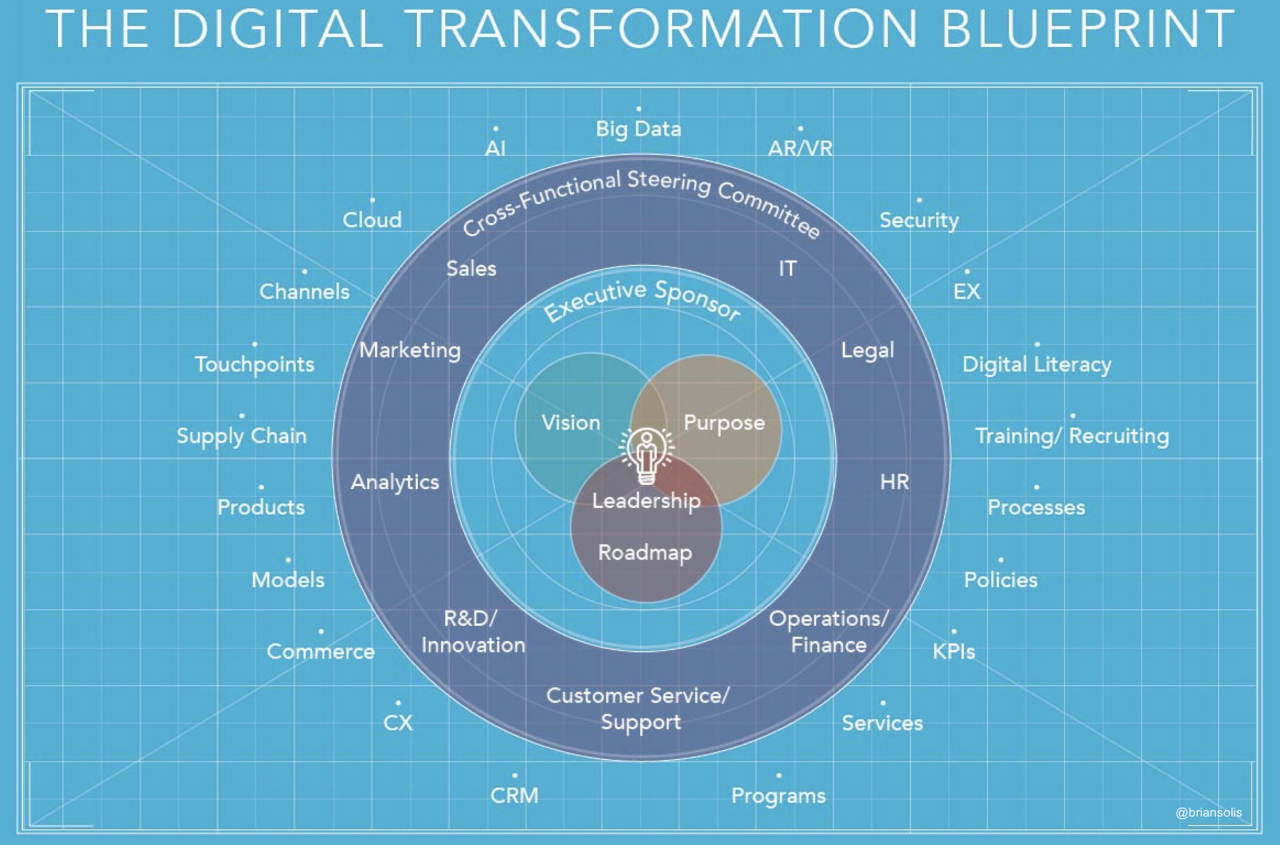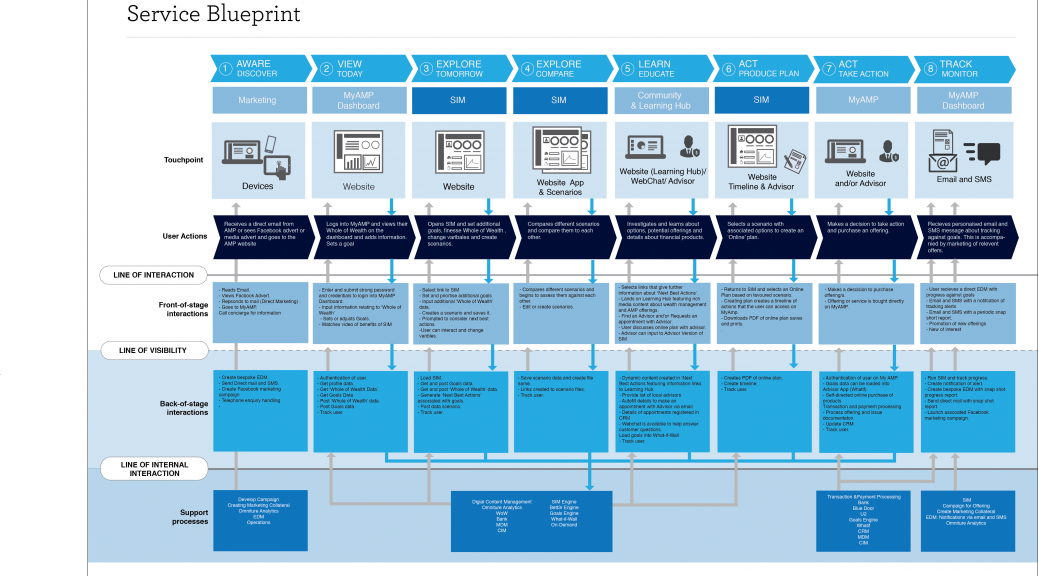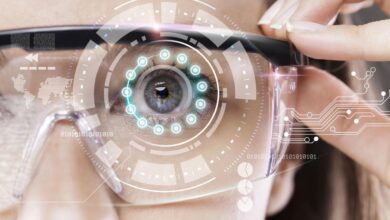Blueprint for the Digital Age

Navigating a World Transformed by Technology
In the blink of an eye, the world has been fundamentally reshaped. What was once the stuff of science fiction is now the foundation of our daily lives. From the way we communicate and work to how we learn and create, technology has become the central force defining our era. This isn’t just about faster computers or new gadgets; it’s a complete paradigm shift. To thrive in this new reality, we need a new kind of roadmap—a blueprint for the digital age. This isn’t a simple set of instructions, but a dynamic guide to understanding, adapting, and innovating in a world where the only constant is change.
This blueprint goes beyond technical skills. It’s about cultivating a mindset that embraces continuous learning, ethical responsibility, and a deep understanding of how technology affects not just our lives, but society as a whole. It’s about building a future that is not only technologically advanced, but also human-centered and equitable.
The Foundational Pillars of the Digital Blueprint
To navigate and succeed in the digital age, we must build a strong foundation based on several core principles. These are the essential building blocks for individuals, organizations, and entire societies.
A. Digital Literacy and Continuous Learning
Digital literacy is no longer a luxury; it’s a prerequisite for modern life. It’s the ability to use, understand, and create with technology. But in a field that moves at a breakneck pace, simple literacy is not enough. The key is to embrace continuous learning as a core part of your professional and personal life.
- Beyond Basic Skills: Digital literacy goes beyond knowing how to use an app or send an email. It includes understanding data privacy, recognizing fake news, and protecting yourself from cyber threats. It’s about being a savvy and responsible digital citizen.
- Cultivating Adaptability: The tools and platforms of today will be obsolete tomorrow. The most valuable skill is not mastering a specific software, but learning how to learn new technologies quickly and efficiently. This adaptability is your most valuable asset.
- Embracing New Fields: The digital age is creating entirely new professions. Whether it’s data science, AI ethics, or UX design, staying curious and open to new fields is essential for remaining relevant.
B. Data and AI as a Strategic Asset
In the digital age, data is the new currency, and artificial intelligence is the engine that drives its value. Understanding how to leverage these tools is critical for innovation and competitive advantage.
- From Data to Insights: The true value of data isn’t in its raw form but in the insights you can extract from it. Learning to analyze and interpret data allows individuals and businesses to make smarter decisions, predict trends, and understand their audience on a deeper level.
- Ethical AI Development: As AI becomes more powerful, its ethical implications grow. A crucial part of the digital blueprint is a commitment to developing and using AI responsibly, ensuring it is fair, transparent, and free from bias. This isn’t just a moral obligation; it’s a business necessity.
- Automation and the Future of Work: AI and automation are transforming the workplace. The blueprint for this age involves understanding which tasks can be automated and focusing on uniquely human skills like creativity, critical thinking, and emotional intelligence. This shift is not about replacing people, but about augmenting their capabilities.
C. The Importance of Cybersecurity
As our lives become more digital, the importance of security becomes paramount. A breach in a single system can have catastrophic consequences for an individual or an entire organization.
- Proactive Security Measures: The digital blueprint emphasizes a proactive, rather than reactive, approach to cybersecurity. This includes everything from using strong, unique passwords to implementing two-factor authentication and staying informed about the latest threats.
- Protecting Personal Data: In a world where our personal information is constantly being collected, a key part of the blueprint is understanding how to protect our digital identities. This involves being mindful of what we share online and understanding the terms of service of the apps and websites we use.
- Building a Culture of Security: For businesses, cybersecurity is not just the responsibility of the IT department. It’s a collective effort that requires every employee to be vigilant and educated about potential risks.
D. Community and Connectivity
While technology can sometimes feel isolating, its greatest power lies in its ability to connect people and build communities. The digital blueprint encourages us to use technology to forge deeper connections and build a more inclusive society.

- Fostering Digital Inclusion: The digital divide remains a significant challenge. A core part of the blueprint is working to ensure that technology is accessible to everyone, regardless of their socioeconomic background, and providing the resources needed for all to participate in the digital world.
- Building Online Communities: From social media groups to online forums, technology allows us to find and connect with people who share our interests. These communities can be powerful sources of support, collaboration, and learning.
- Using Technology for Social Good: The digital age offers unprecedented opportunities to solve global challenges. The blueprint encourages using technology for social good, whether it’s through using data to fight climate change or creating platforms that support mental health.
The Ultimate Goal: A Human-Centered Future
The ultimate goal of this blueprint is not just to survive the digital age, but to shape it. The technology we build and use today will define the world of tomorrow. By focusing on these core pillars—digital literacy, ethical AI, cybersecurity, and community—we can ensure that the future is not just technologically advanced, but also fair, inclusive, and fundamentally human.







